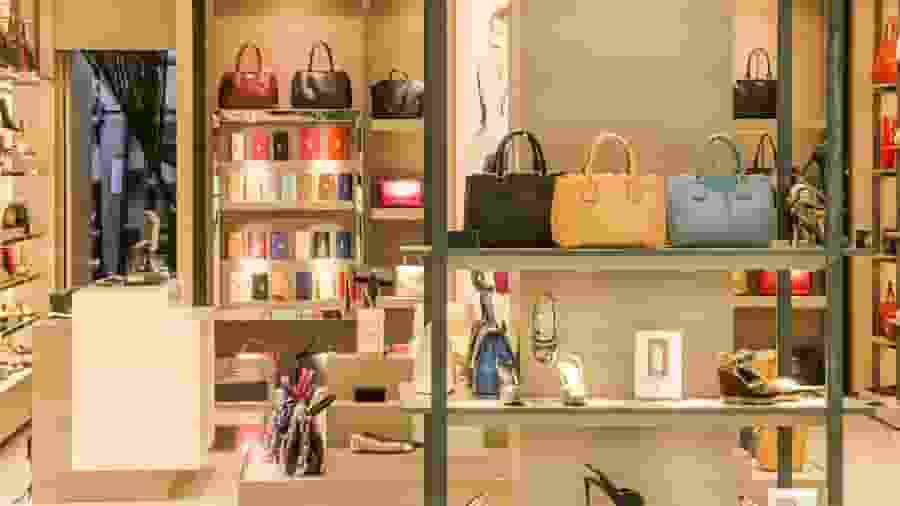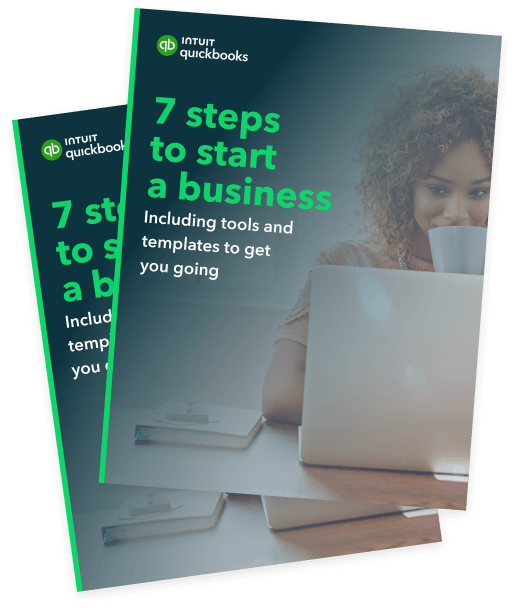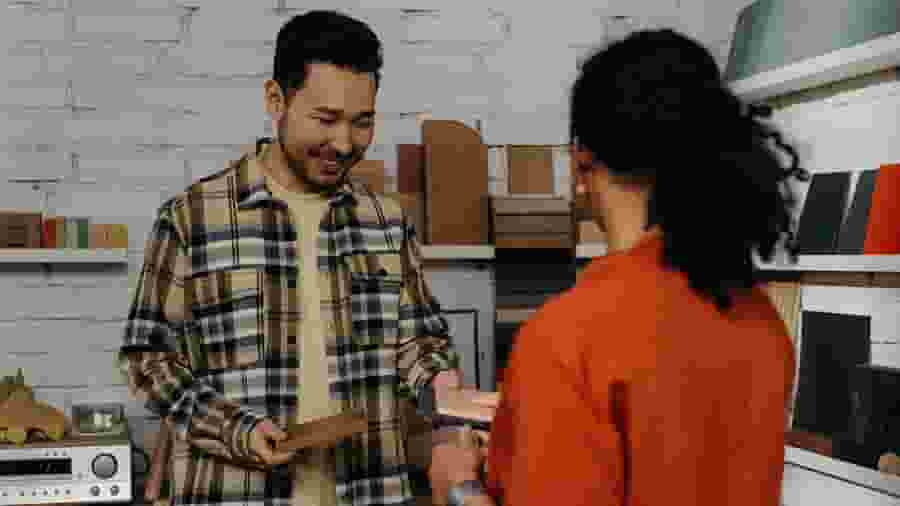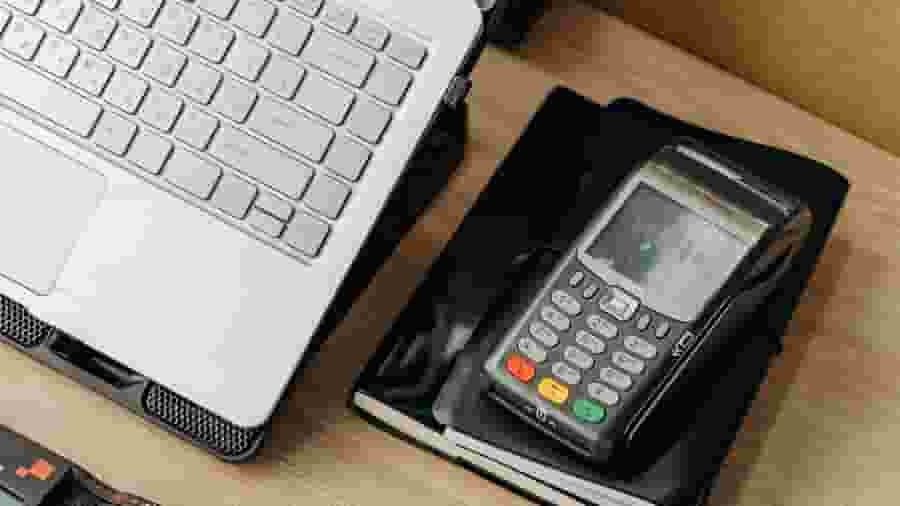Before a business can sell its product to a customer, it needs to be completely sure that it’s ready to begin selling. That’s where the production stage comes in: products and goods need to go through production to gain value during each step of the way.
Products gain a little bit of value at each stage of their manufacturing process, all the way from their initial point of production to their final point of sale. It’s no wonder, then, that some countries choose to collect a tax from a product at each manufacturing stage. In many countries, that tax system is called a Value Added Tax (VAT). It taxes the consumption of products sold domestically and applies to all product transactions that take place in a certain country.
More than 160 countries have implemented a VAT system, though it isn’t always called VAT. The VAT rates differ by country – for example VAT is 8% in Singapore and 16% in Kenya (as at 2022).

















